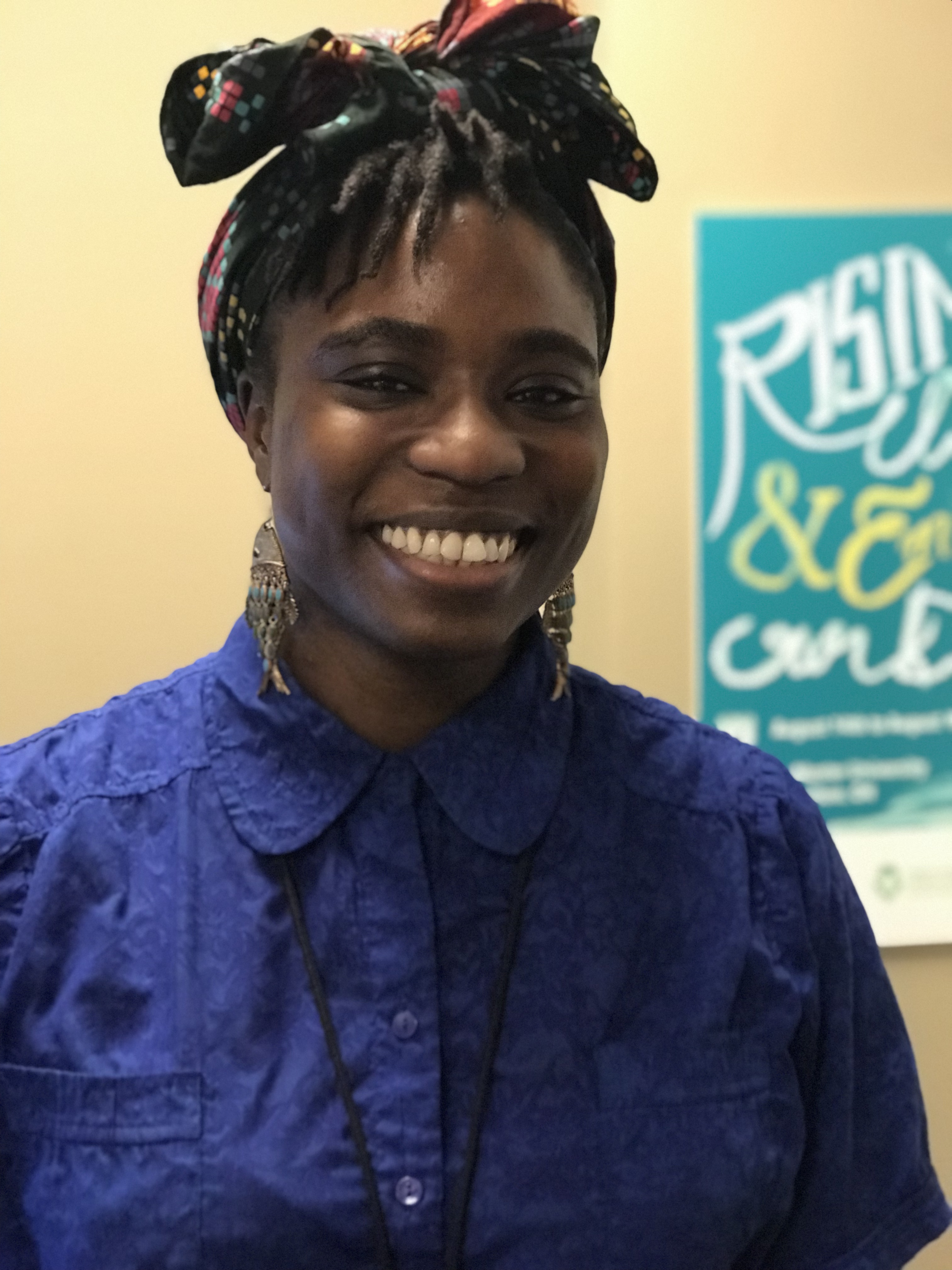By Taïna Mayberry, Youth Programs Coordinator, OACAS

Taïna Mayberry, Youth Programs Coordinator, OACAS
Imagine feelings of worthlessness and guilt that sit in your mind like an unwanted house guest. They linger listlessly, taking up space where self-confidence, interests, and social life used to be. You want help. But where to start and who will listen?
Now imagine coping with these feelings at 15 years old.
The Centre for Addiction and Mental Health (CAMH) estimates that young people aged 15 to 24 are more likely to experience mental illness and/or substance use disorders than any other age group. Yet as few as one in five youth affected by mental health issues will access appropriate treatment.
As the Youth Programs Coordinator at the Ontario Association of Children’s Aid Societies, it is figures like these that drive home the purpose of my work, which includes mental health supports for youth in and from care.
According to Children’s Mental Health Ontario (CMHO), child and youth emergency department and hospital visits for mental disorders have risen by 54% and 60% over the last decade while 63% of youth point to stigma as the most likely reason to not seek help.
At the same time, children and youth within the child welfare system may face unique mental challenges related to abuse and trauma, attachment disorders, and post-traumatic stress based on their lived experiences.
There are also many differences and nuances for youth who have intersecting marginalized identities because they experience unique challenges related to equity. CMHO cites that:
- Black youth are significantly under-represented in mental health and treatment-oriented services and over-represented in containment-focused faculties.
- First Nations youth die by suicide about 5 to 6 times more often than non-Indigenous youth.
- LGBTQ youth face approximately 14 times the risk and substance abuse than heterosexual peers.
- Youth living in the lowest-income neighborhoods had the highest rates of suicide, emergency department visits for deliberate self-harm, acute mental health service use, and treated prevalence of schizophrenia.
But there is hope.
The Kids Can’t Wait campaign by CMHO focuses on the need for reduced wait times for children and youth mental health services. CMHO states that each year, 120,000 families rely on community-based child and mental health services, but many more kids and families are not able to access these services in part because of wait times. In the absence of adequate community care, children and youth often seek treatment in hospitals – only to be discharged without the ongoing support they need at home in their community. In the worst cases, kids never get the care they need.
Kids Can’t Wait focuses on a letter writing campaign to Premier Kathleen Wynne to fix this by increasing funding to community mental health programs by $120 million per year to ensure that no child or young person waits longer than 30 days for mental health treatment.
If you would like to make positive change today, consider adding your name to the letter to Premier Wynn: kidsmentalhealthcantwait.ca
Next month: Taïna will take a look at some of the new services currently being developed for youth facing mental health issues.